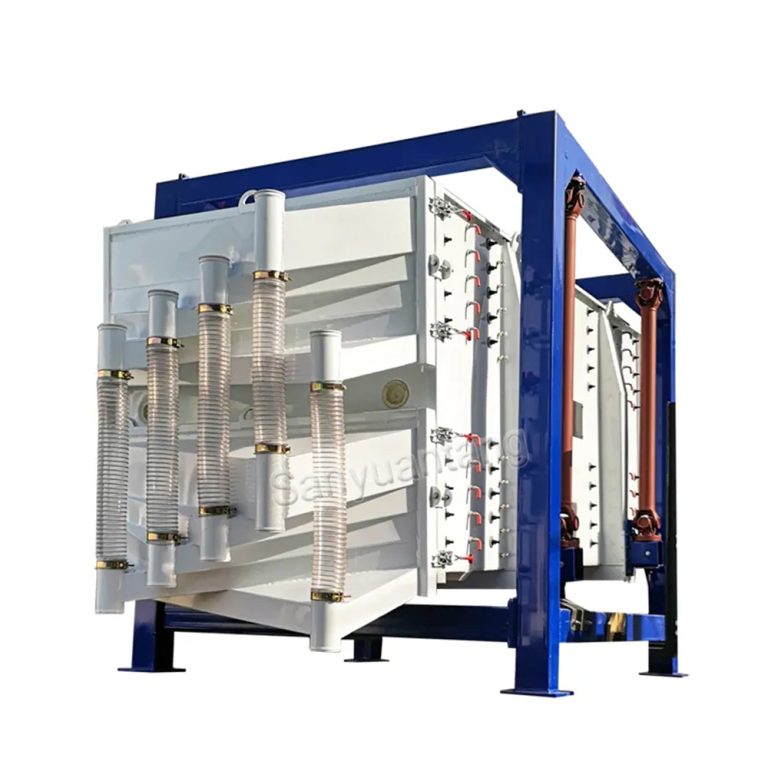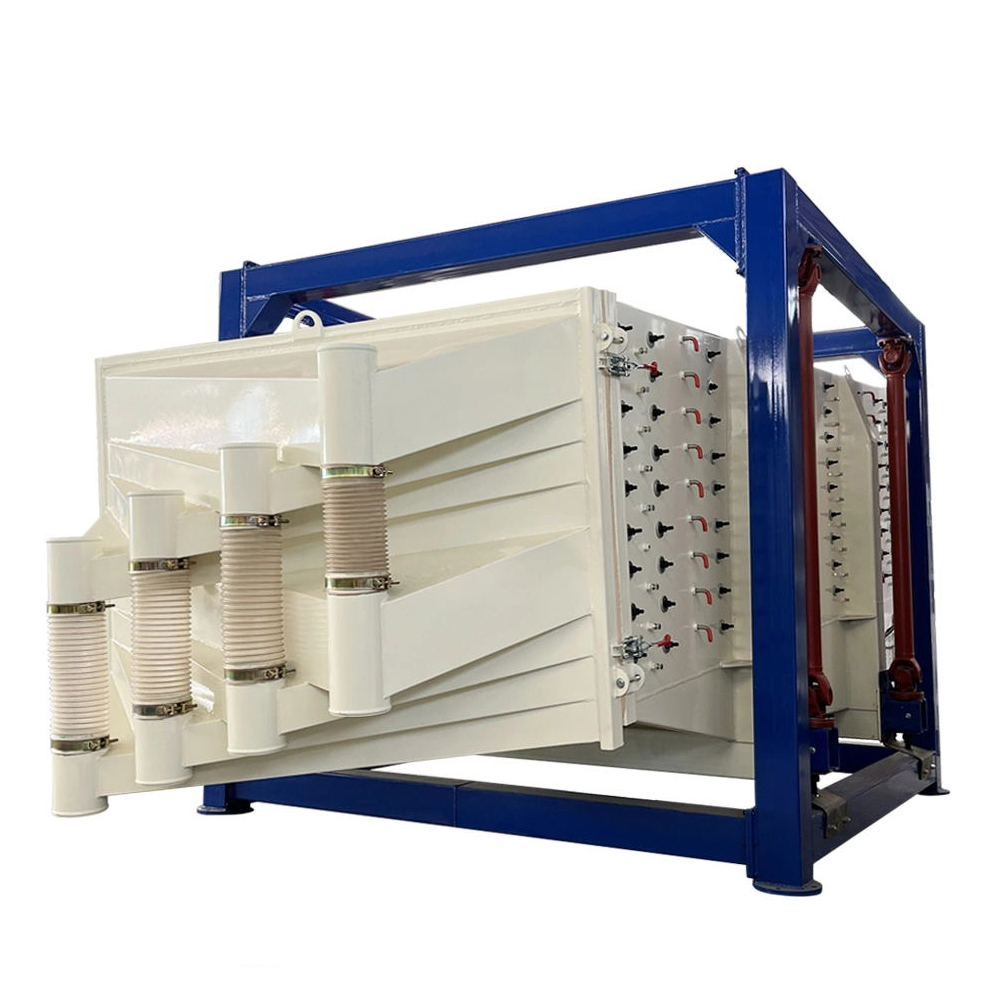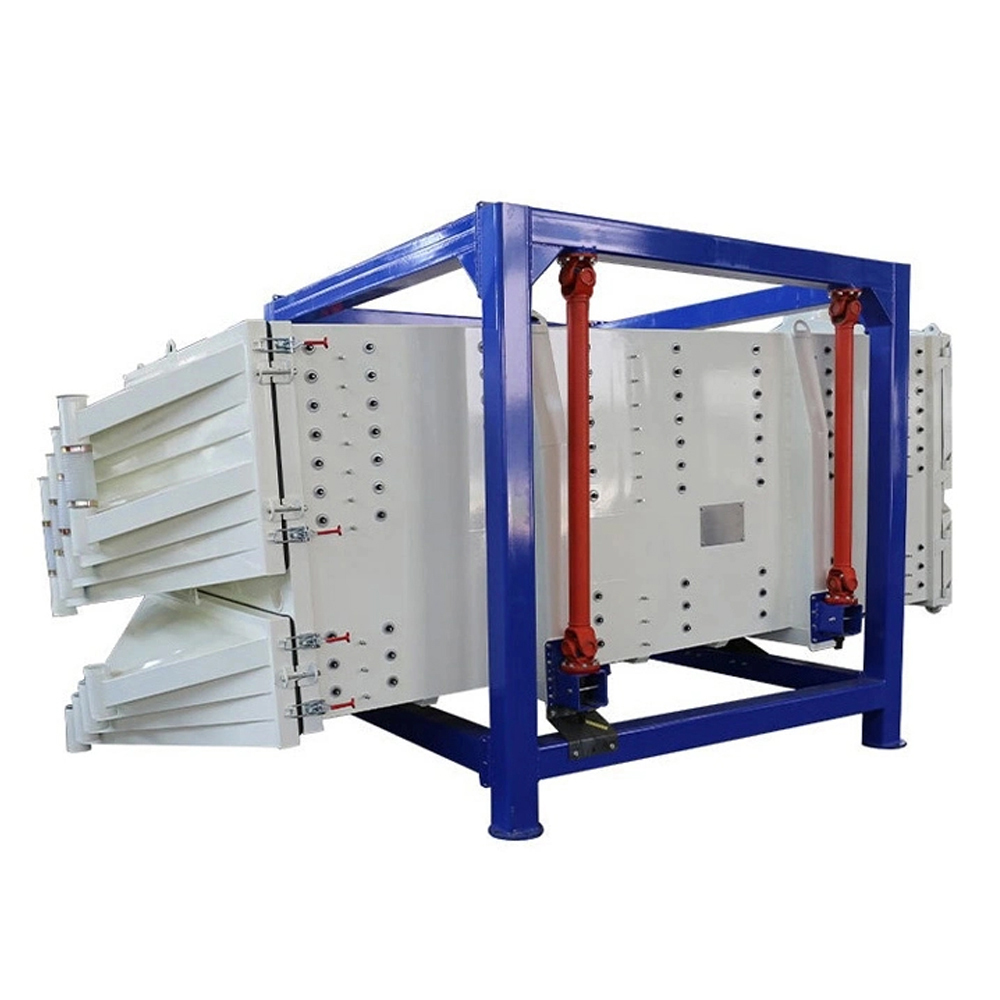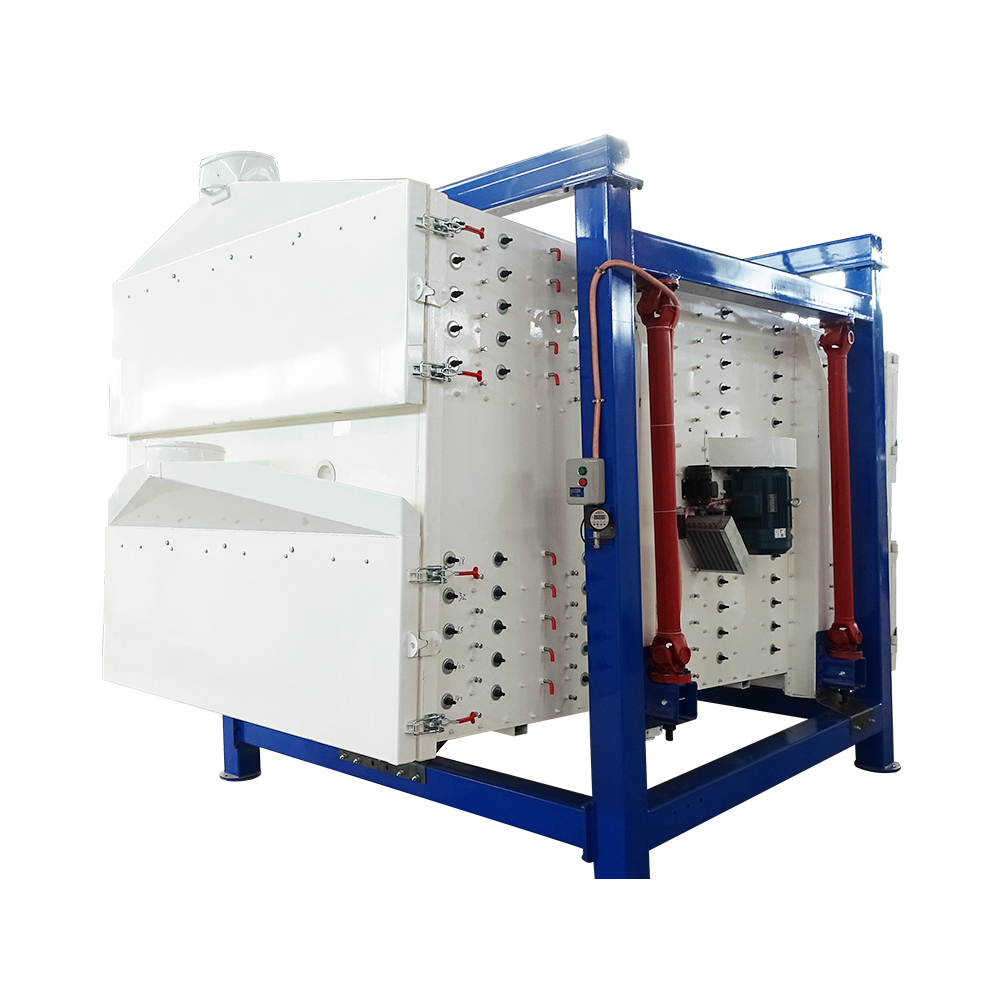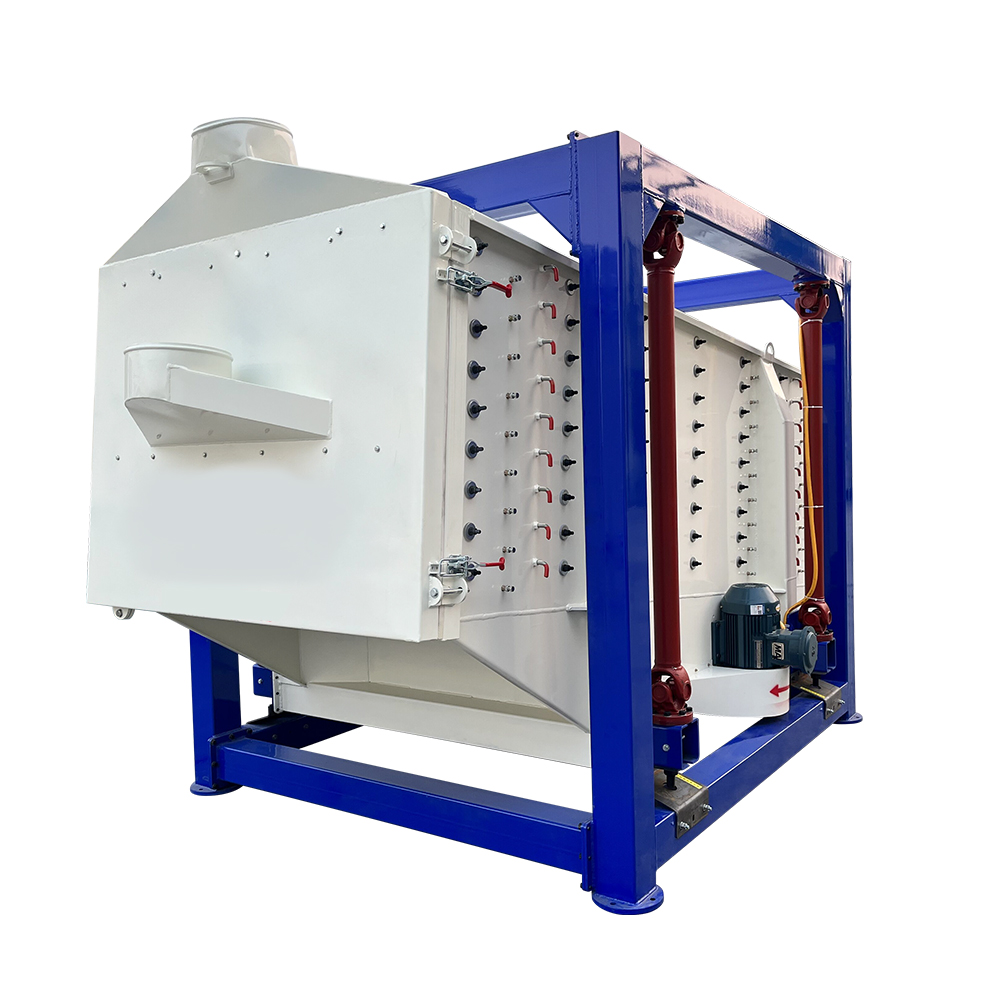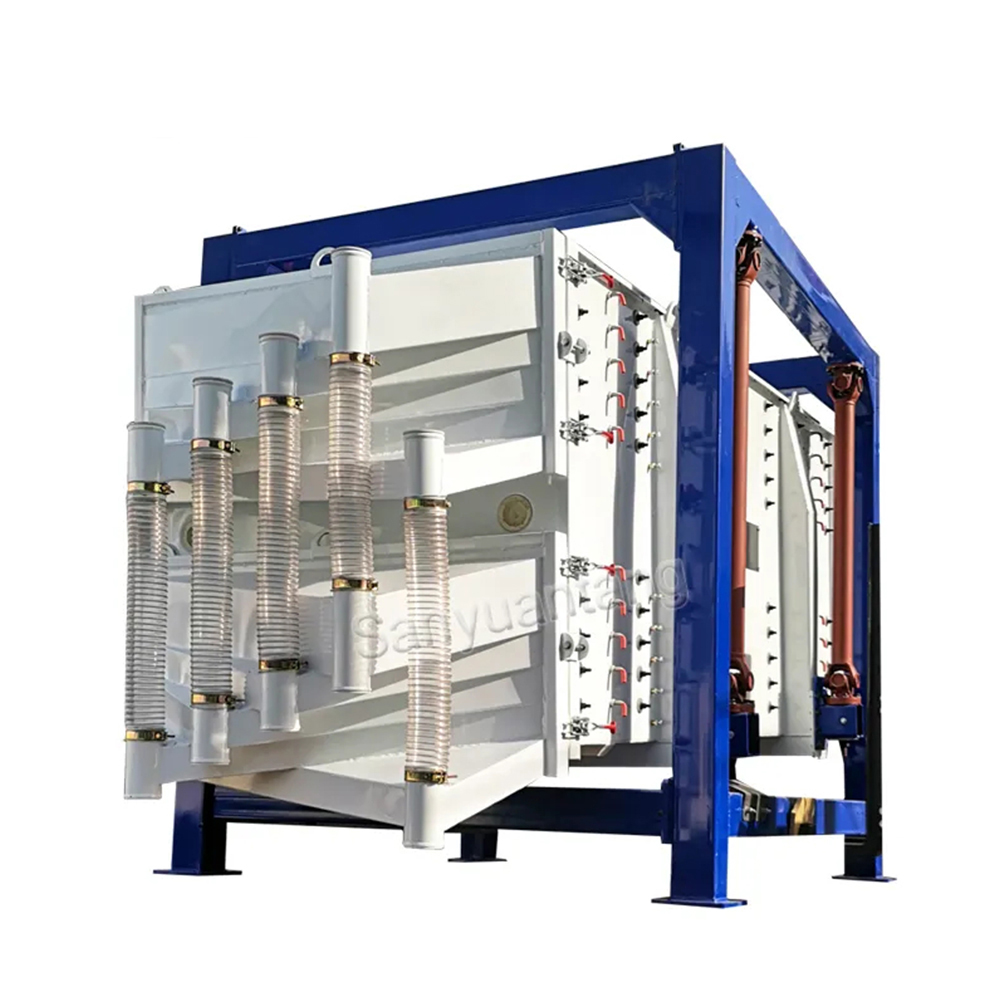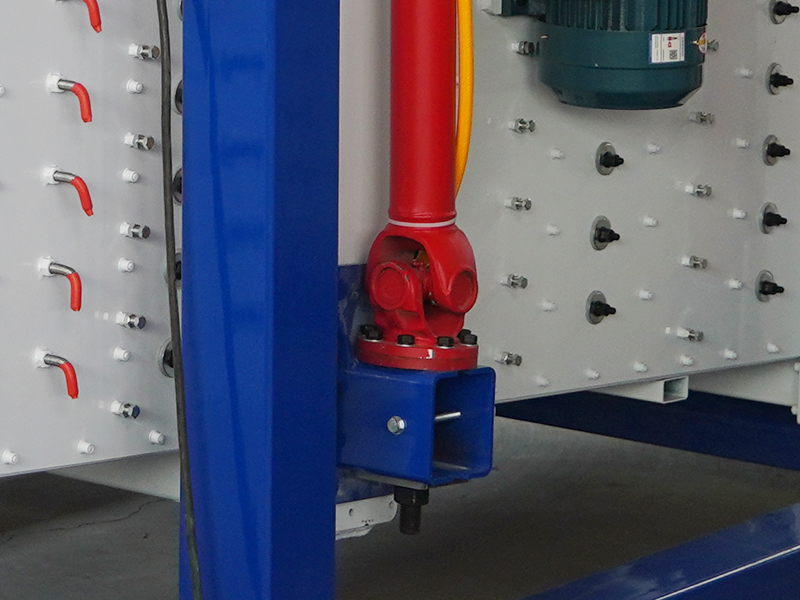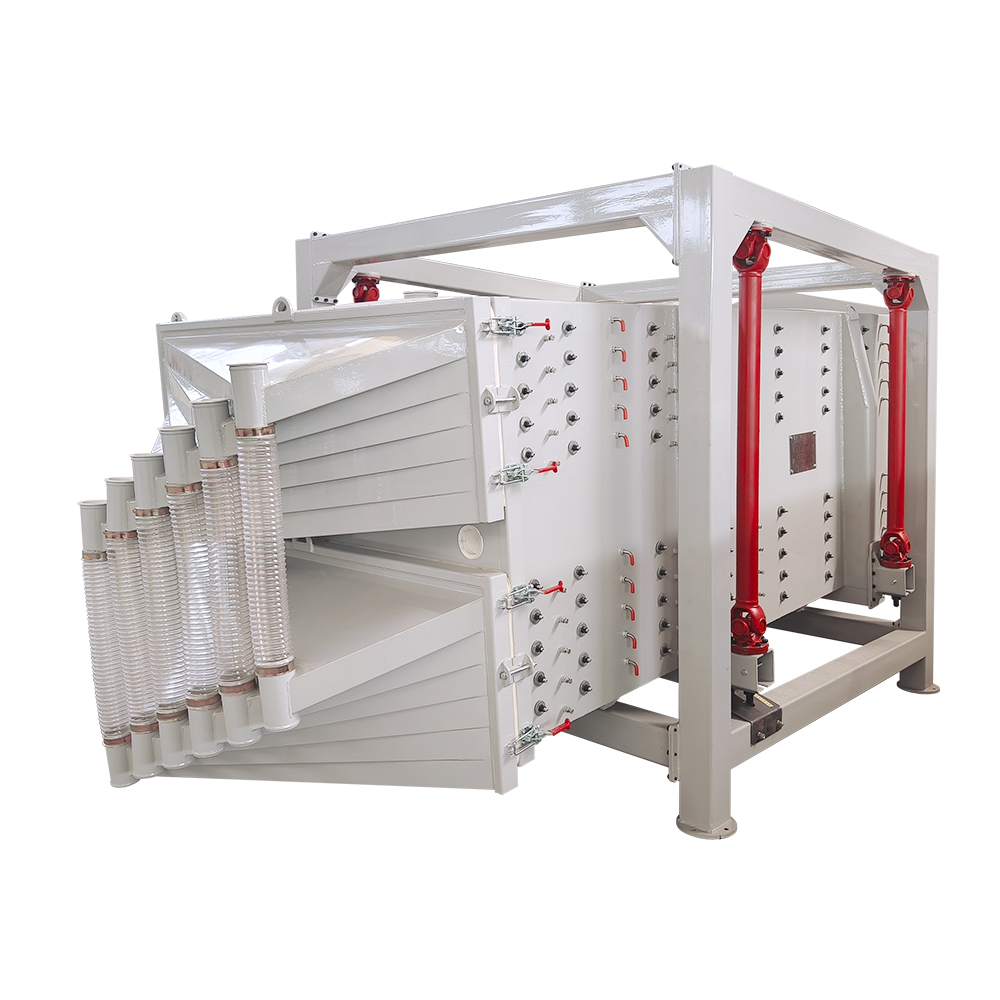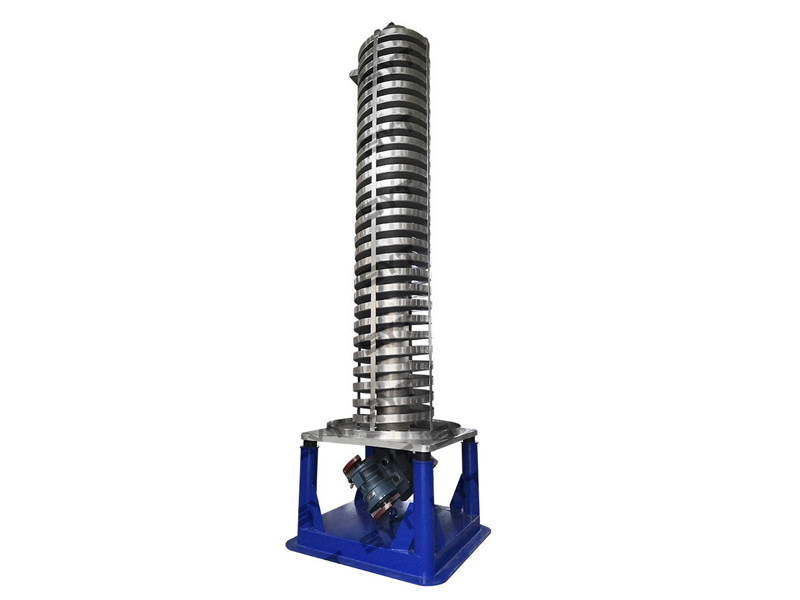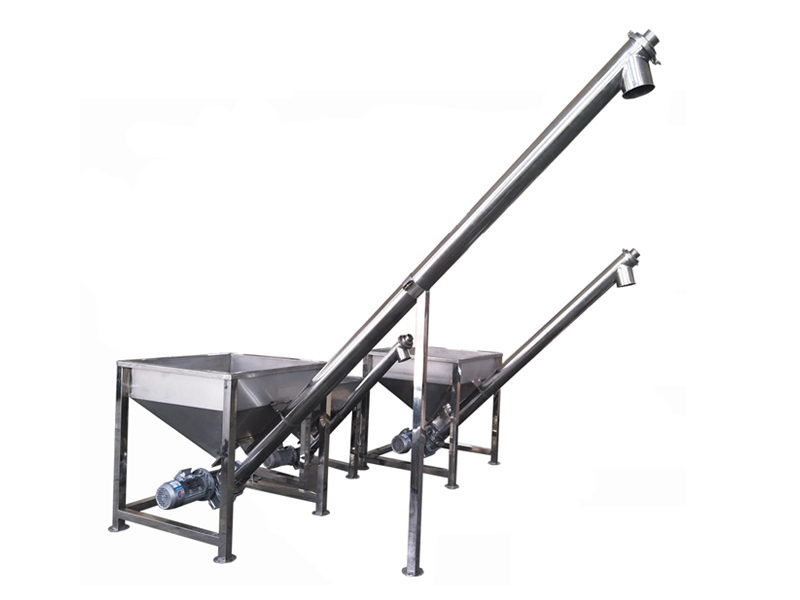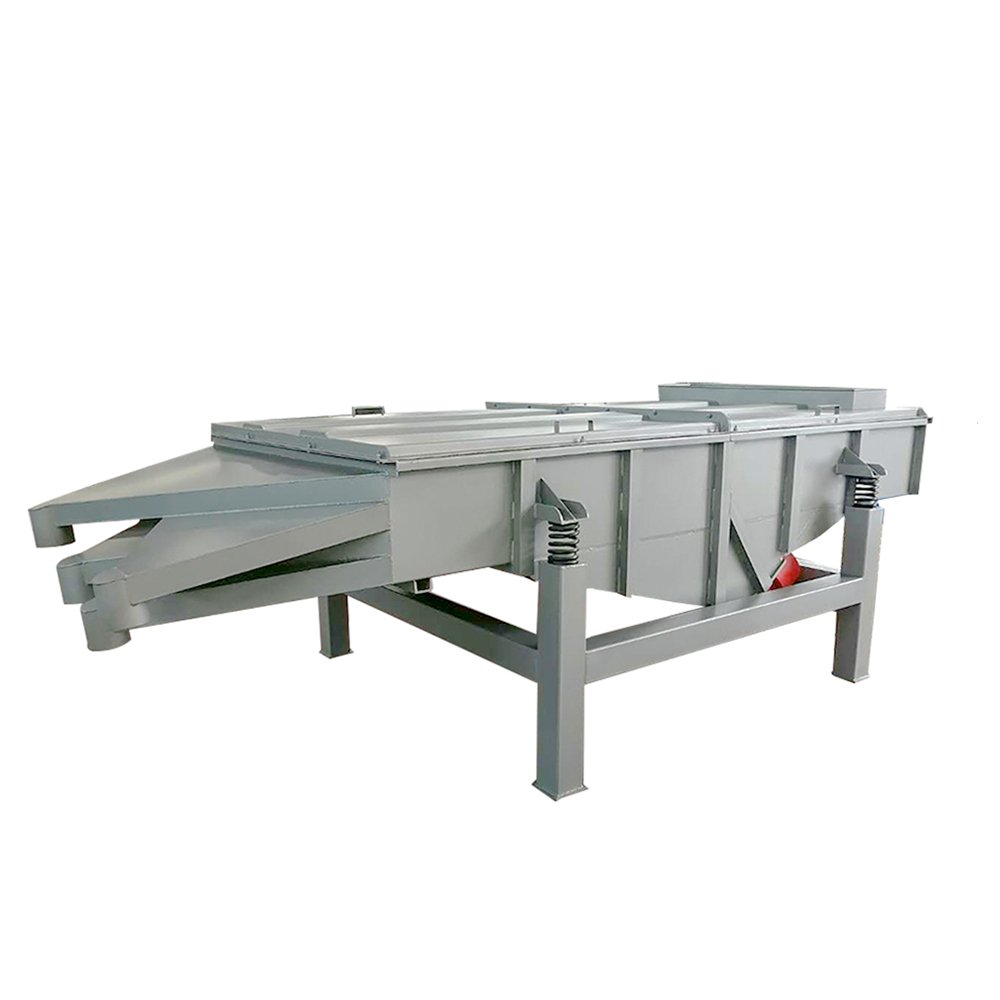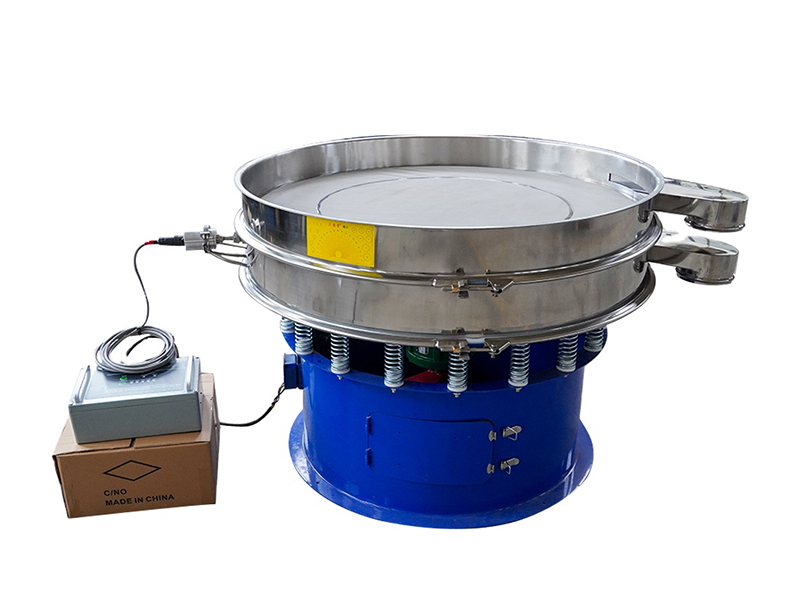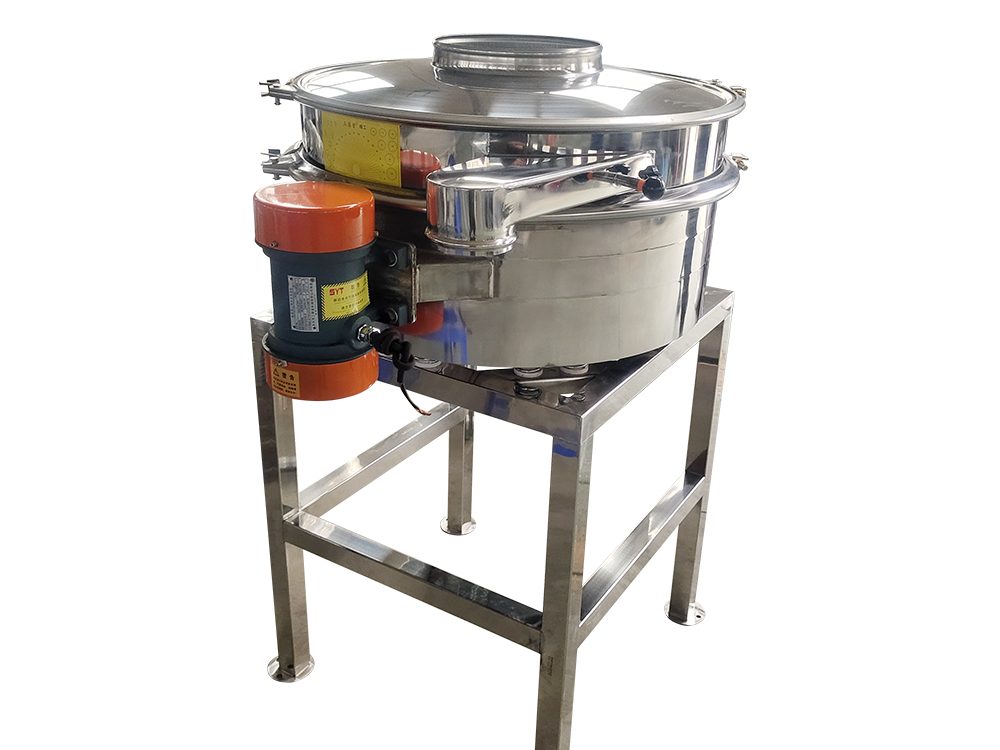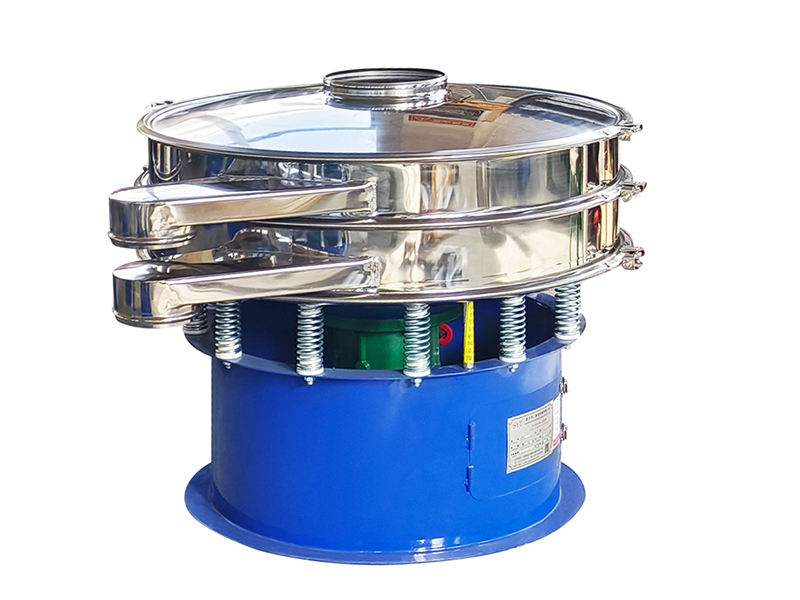Frac Sand Gyratory Screen
Frac sand gyratory screen, also known as a gyratory sifter or gyratory separator, is a specialized vibrating screen used in various industrial applications to separate materials based on particle size. They are particularly useful for sifting and classifying bulk materials, ensuring the quality and consistency of the end product, and removing impurities or oversized particles.
- Model: FYBS-1536 , FYB-S2040
- Material: Carbon Steel
- Mesh Size: 2-300 mesh
- Layers: 1-10 layers
- Motor Power: 5.5kW/7.5 kW
- Capacity: 100kg – 15 Tons/hour
- Customized: Acceptable
Price: $14800.0 – 23400.0 / Set
Application
The gyratory screen is widely used in the precise screening and grading process of materials in chemical, metallurgical, ceramsite, non-ferrous metals, non-ferrous metals, grain, food, abrasives, mining, and other industries.
The gyratory screen is suitable for screening materials such as quartz sand, industrial salt, fracturing sand, machine-made sand, plate sand, drying sand, ceramsite sand, pearl sand, silica sand, polypropylene, drying mineral powder, calcium carbonate powder, mica powder, talcum powder, river sand, fertilizer, etc.
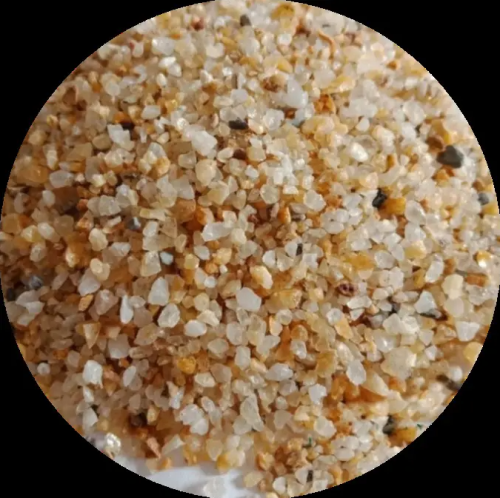 Ceramic sand
Ceramic sand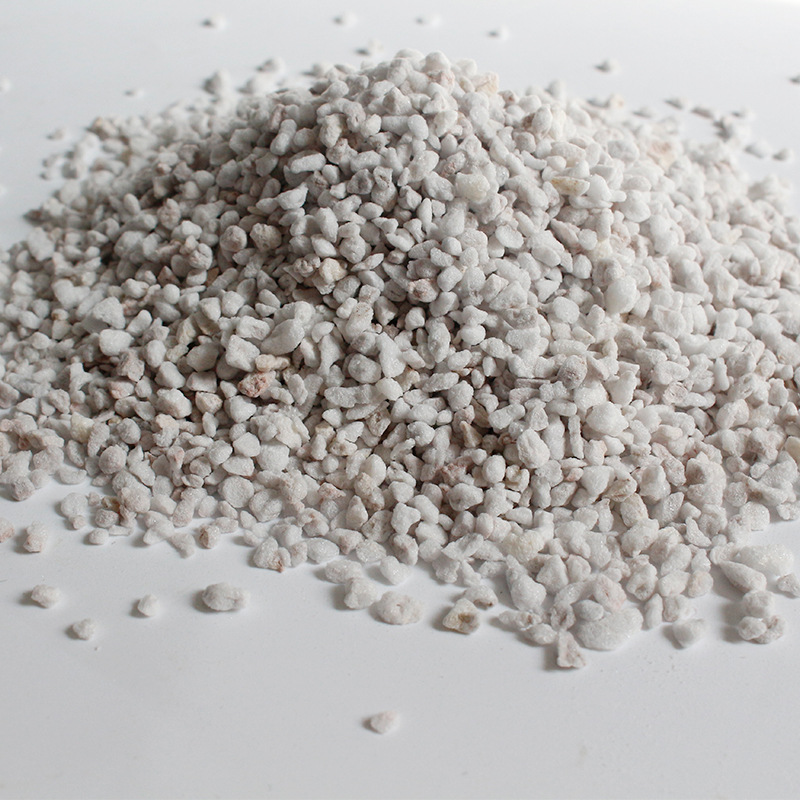 Perlite
Perlite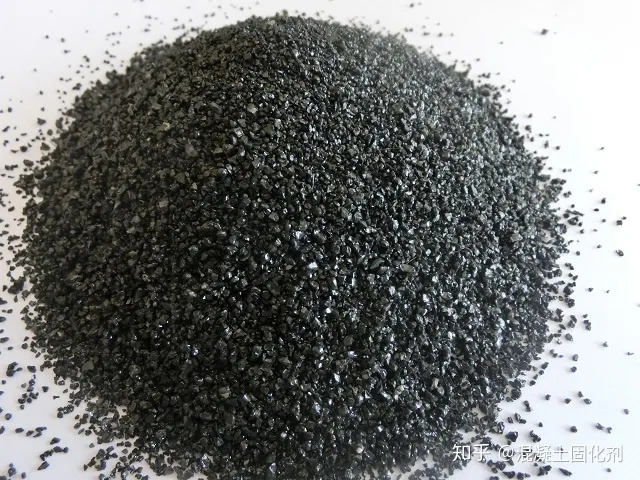 Emery
Emery Metal silicon powder
Metal silicon powder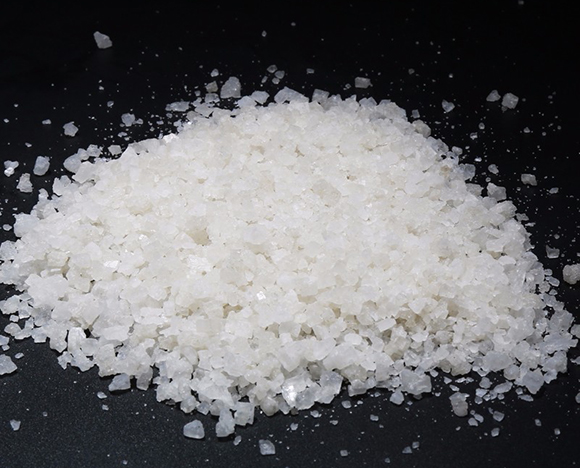 Industry salt
Industry salt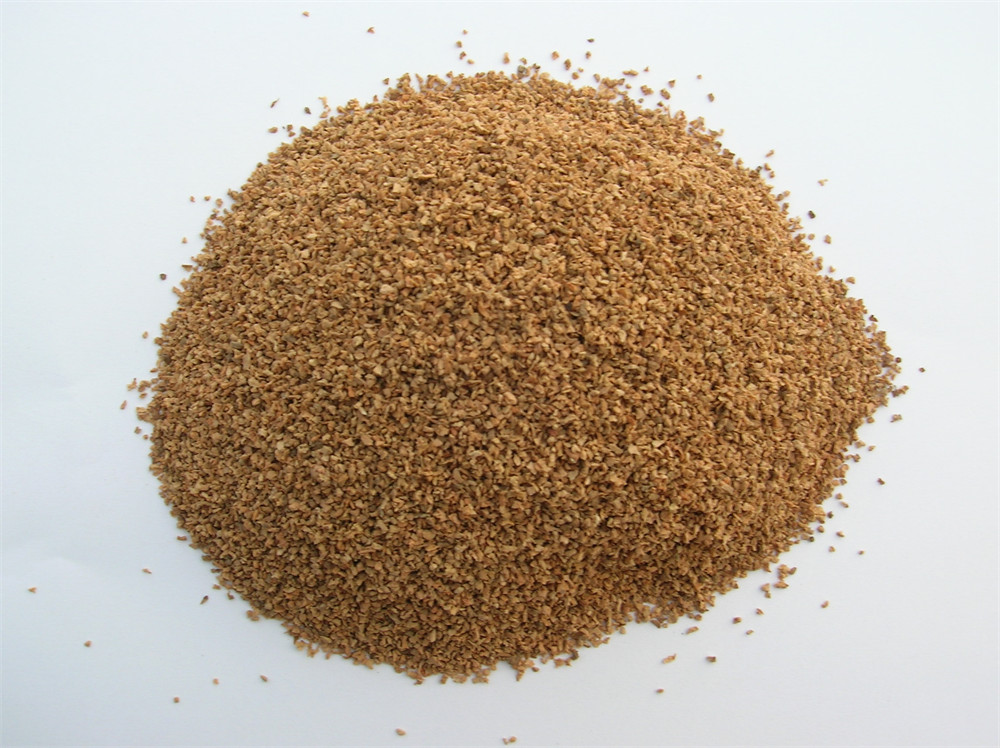 Cork powder
Cork powder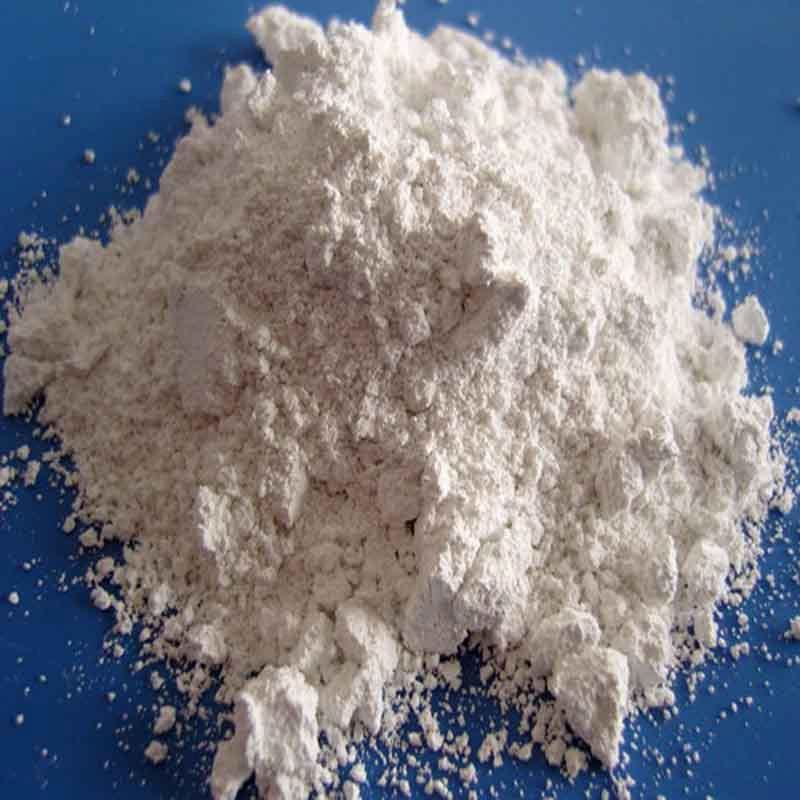 Calcium Carbonate
Calcium Carbonate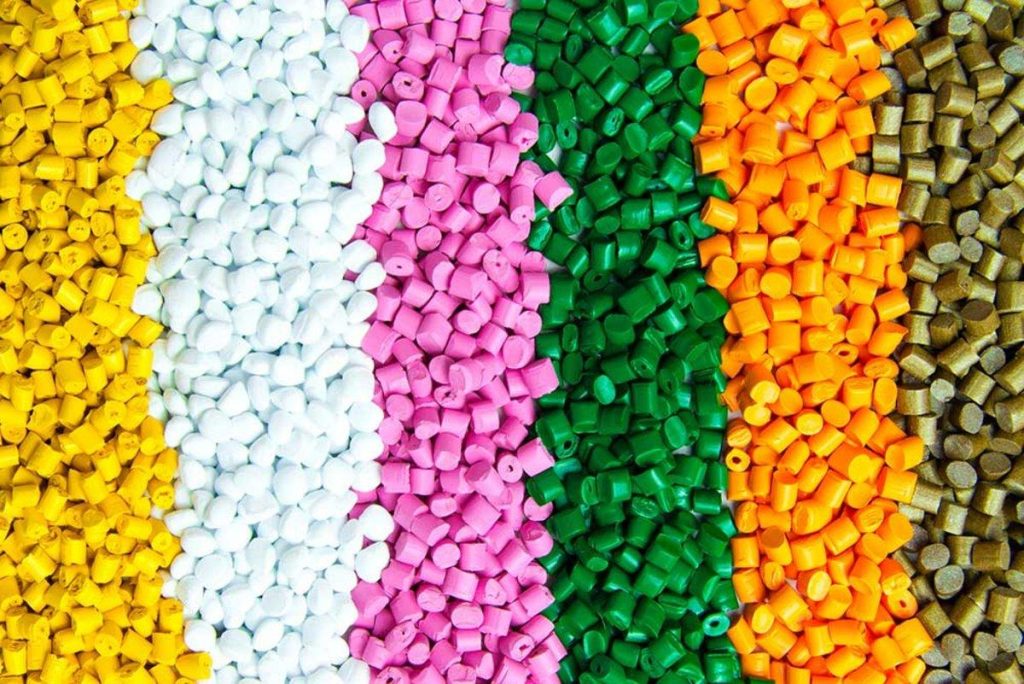 Plastic particles
Plastic particles Spices
Spices
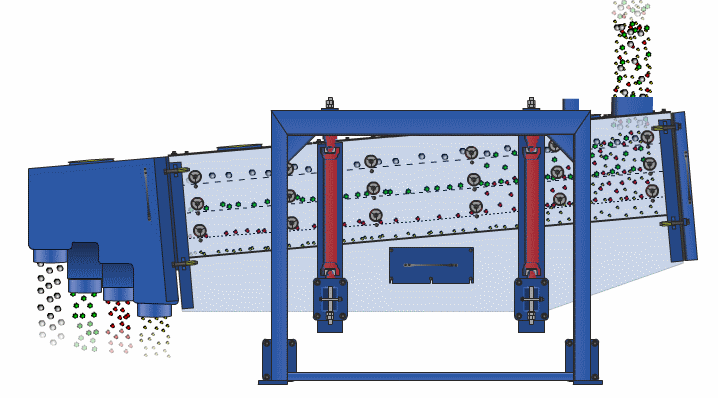
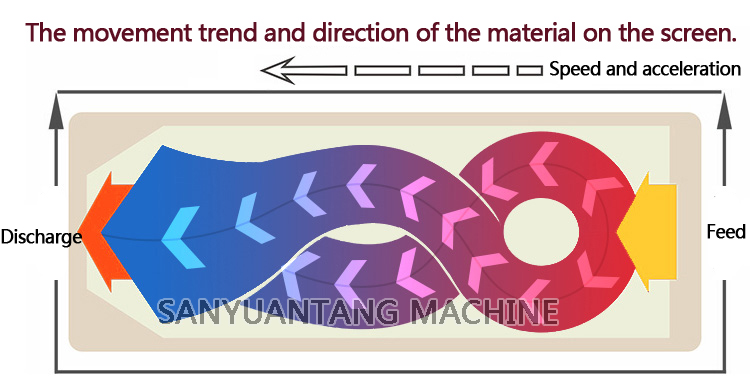
Working Principle
After the Gyratory screen is started, the shaking body of the screen machine, that is, the screen box, reciprocates back and forth under the action of inertial force. The screen box drives the screen surface to shake periodically so that the materials on the screen surface make directional jumping movements together with the screen box.
During this period, materials smaller than the screen pore size fall to the lower layer through the sieve holes and become under-screen materials. Materials larger than the screen pore size are discharged from the discharge port after continuous rolling and jumping motion, thereby completing the screening work.
Specifications
| Model | Screen size | Screening area | Screen inclination | Layers | Power | Number of turns | Case travel |
|---|---|---|---|---|---|---|---|
| FYBS1536 | 1.5*3.5 m | 4.5-9 m2 | 5-8 | 1-10 | 5.5 | 180-260 | 25-60 mm |
| FYBS2040 | 2.0*4.0 m | 8-9 m2 | 5-8 | 1-10 | 7.5 | 180-260 | 25-60 mm |
Videos
Features
Up to 5 times the output per unit area; accurate to 6 levels of separation, and the screening efficiency is as high as 90%-99%.
Each layer of screen mesh is equipped with a screen mesh anti-clogging cleaning device. The screening machine continuously cleans the mesh mesh under working conditions, and the mesh mesh has almost no clogging.
New technology
The large-scale electrostatic spraying process makes the equipment more beautiful, wear-resistant, and rust-proof.
Longer life
For flexible screening, the acceleration is 4-5 times lower than that of ordinary vibrating screens, and the service life is increased, thereby reducing maintenance costs.
Easy to operate
Network replacement is more convenient, simple to operate, and runs smoothly.
Environmental friendly
Fully enclosed structure, dust does not fly, and the screen machine has small vibration and low noise (less than 75 decibels), which meets environmental protection requirements.
Customer Site
Why Choose US?
Recommended Products
Get a Quotation
Custom Gyratory Screen
Please tell us your specific requirements and we will customize the best product solution for you
